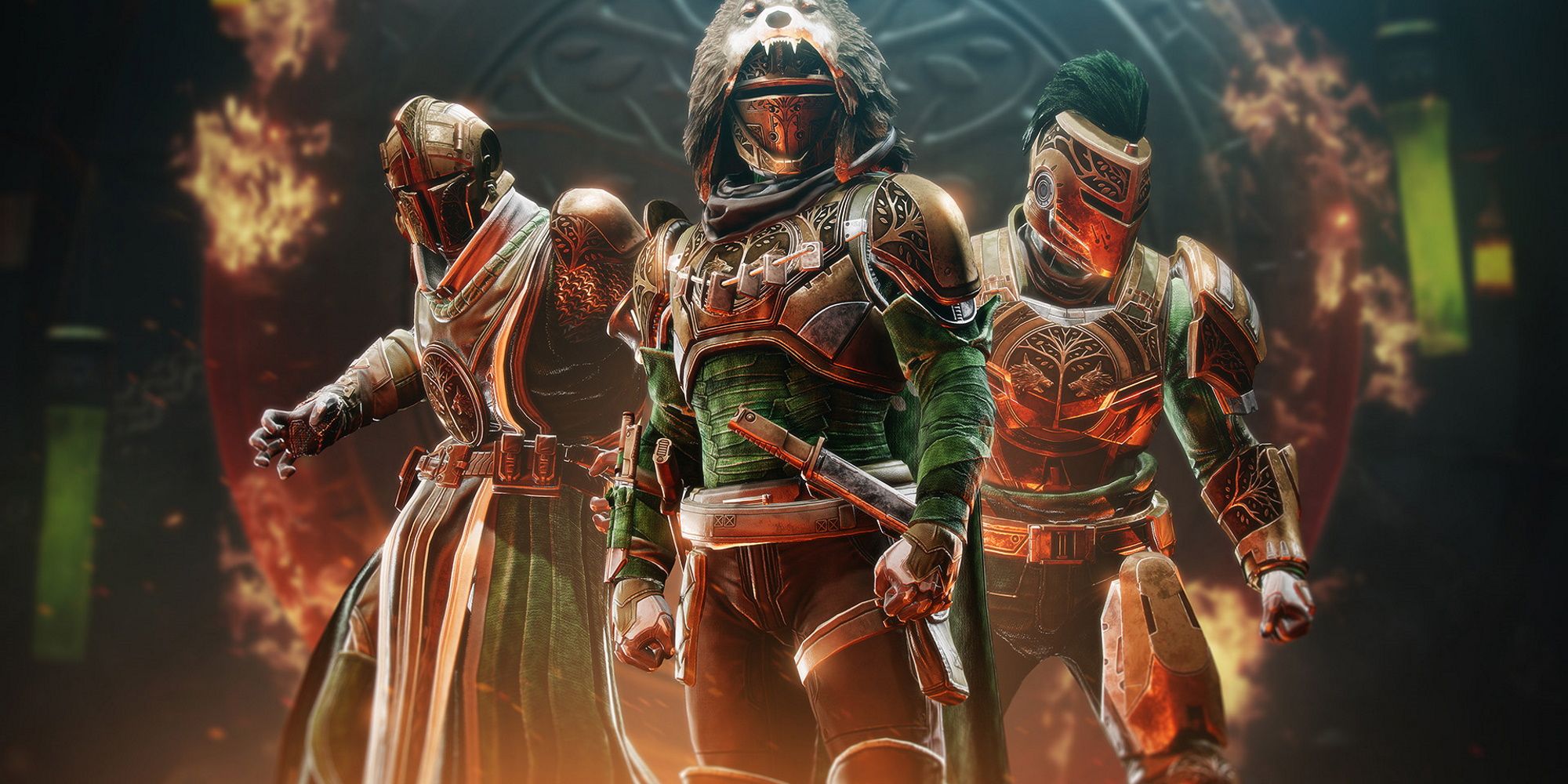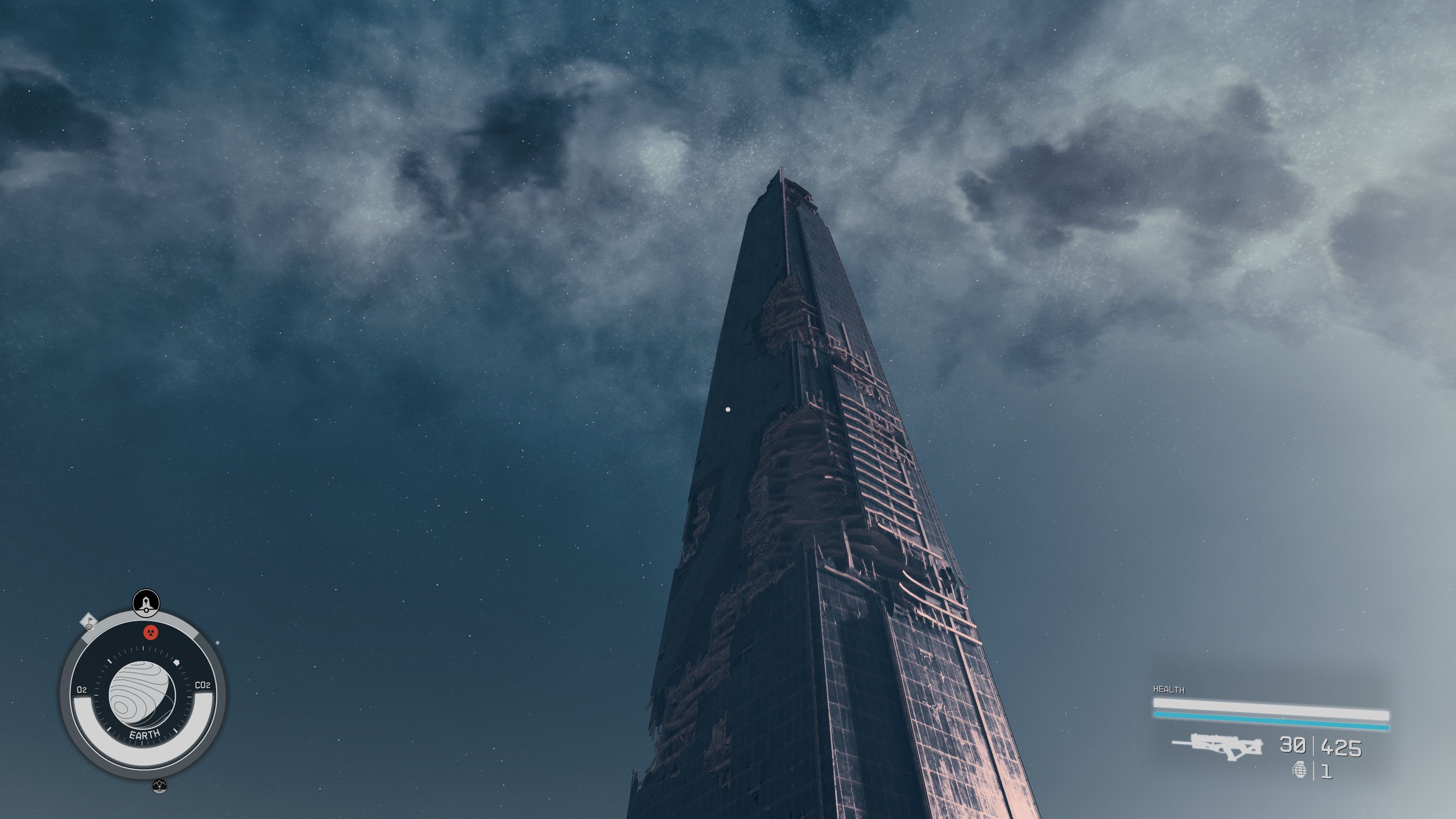Pathfinder 2e Rogue Building Guide
Pathfinder 2e Rogue Building Guide
The Ultimate Guide to Pathfinder 2e Rogues: Sneaky, Cunning, and Deadly!
 Art via Paizo Inc
Art via Paizo Inc
Rogues, my friends, are the classic scoundrels of Pathfinder. They are masters of sneaky tricks and methodical, high-damage attacks. A Rogue is the go-to class when you need to get somewhere you aren’t supposed to be or pick off a dangerous foe before they can become a threat. They have the skills to make it happen, and they do it with style! So, let’s dive into the world of Rogues and explore their various build options, because who says criminals can’t specialize?
Quick Links:
- Ability Scores
- Ancestry
- Equipment
- Backgrounds and Feats: Thief
- Backgrounds and Feats: Scoundrel
- Backgrounds and Feats: Ruffian
Ability Scores

No matter which Racket you choose for your Rogue, Dexterity should always be your highest Ability Score. Why, you ask? Well, my friend, most of your key skills rely on Dexterity. It also benefits the weapons you’ll be using and keeps you alive by boosting your Armor Class. After Dexterity, Strength and Charisma should be your next priorities. The exact order may depend on your Racket (don’t worry, we’ll discuss that later). Wisdom is also worth considering, as it benefits many of your skills. So, squeeze in a +1 on Wisdom if you can, just for that extra oomph!
Ancestry

Ah, Ancestries! The wonderful world of lineage and heritage. Many Ancestries in Pathfinder are perfect fits for Rogues, as Dexterity is one of the most common Ancestry Boosts. Elves and Humans are great all-around Rogues, excelling in any Racket. Halflings also fit the bill, although their lower Strength means they should pick either the Scoundrel or Thief Racket instead of the Ruffian. Goblins and Half-Elves are suited for the Scoundrel Racket, thanks to their ability boosts and charm spell feat later on. Half-Orcs, my friends, make the best Ruffians, thanks to their Ancestry Feats and their human versatility!
Equipment
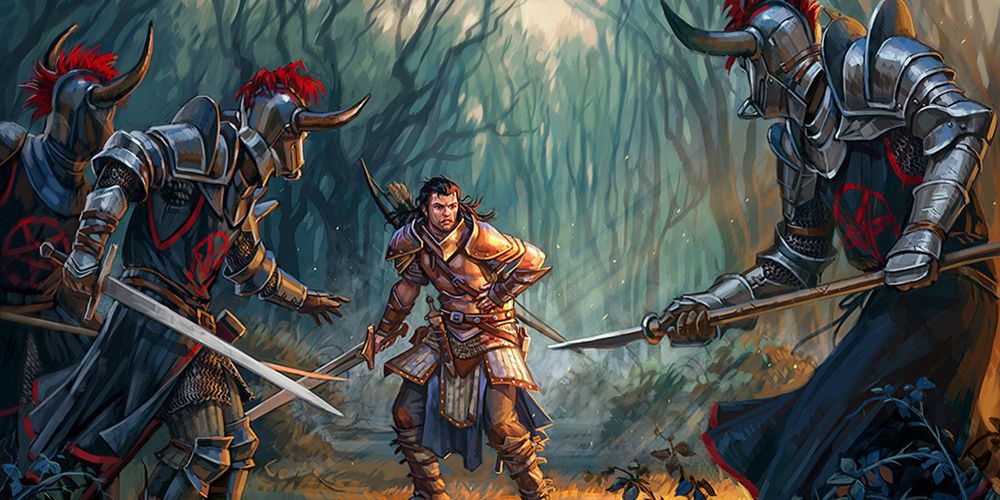 Surrounded by Kate Burmak
Surrounded by Kate Burmak
- Grav Drive or settlement deal in Starfield First Contact mission?
- Accessing Starfield ship storage and inventory
- Starfield: Lodge Basement Spacesuit Guide
Now, let’s talk about the tools of the trade for our beloved Rogues. Most Rogues will use a similar suite of equipment. Since you won’t be wearing expensive armor, it’s important to have both melee and ranged weapons, so you can threaten enemies from wherever you are. Daggers and hatchets are inexpensive and versatile, serving as both melee and ranged weapons. For those who prefer close combat, the rapier offers the best overall damage potential, while the main gauche has a ton of utility thanks to its many traits.
When it comes to armor, leather is the way to go. It offers good protection without impeding your Dexterity bonus. However, if your Dexterity bonus reaches +5 or higher, why not go unarmored and rely on your speed to dodge attacks? It’s like a game of cat and mouse, and you’re definitely the cat!
Backgrounds and Feats: Thief
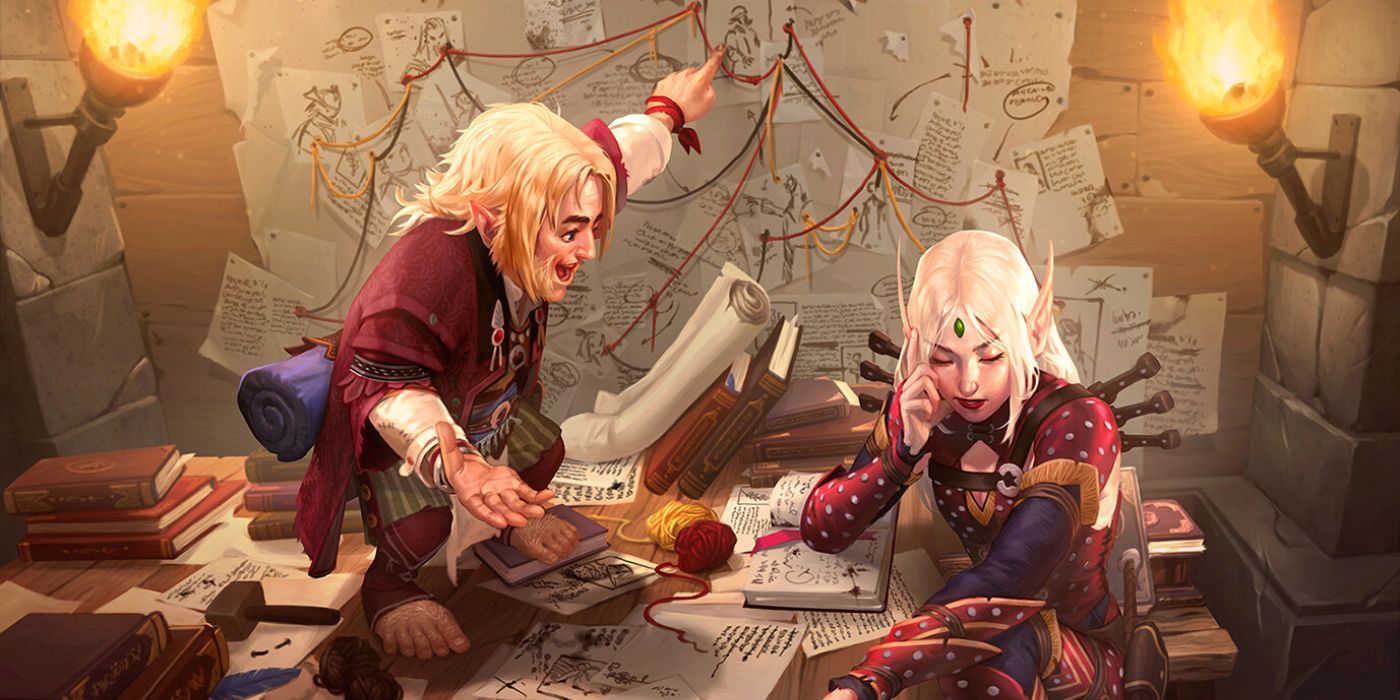 Complicated Plan via Jen Santos
Complicated Plan via Jen Santos
The Thief Racket is all about finesse and mobility. Thieves rely on Dexterity even more than other Rogues, as they can use their Dexterity bonus instead of Strength when calculating damage with finesse weapons. Now, let’s talk about backgrounds and feats! The Acrobat, Criminal, Prisoner, and Street Urchin backgrounds offer feats that can prove to be especially useful for our sneaky friends. Here are some recommended Rogue feats for Thieves:
| Level | Feat (Choose One) | Reason |
|---|---|---|
| 1 | Trap Finder | Makes it easier to avoid and disarm traps when you’re somewhere you aren’t supposed to be. |
| Twin Feint | Lets you make two attacks against the same target, setting up a Sneak Attack with the second. | |
| 2 | Mobility | Lets you move without triggering reactions. |
| Unbalancing Blow | Causes your critical hits to make foes flat-footed, setting them up for Sneak Attacks. | |
| 4 | Reactive Pursuit | Lets you move along with an enemy that tries to get away from you. |
| 6 | Light Step | Lets you gracefully navigate difficult terrain. |
| 8 | Sly Striker | Lets you deal extra damage, even without Sneak Attacks. |
| 10 | Sneak Savant | You can no longer fail Sneak actions (but can still critically fail). |
| 12 | Fantastic Leap | Lets you jump as part of an attack. |
| 14 | Sense The Unseen | Lets you detect the presence of hidden creatures even if you fail a Seek action. |
| 16 | Cloud Step | Lets you briefly walk on air, water, or things that otherwise wouldn’t hold your weight. |
| 18 | Implausible Infiltration | Effectively lets you move through thin walls. Requires the Quick Squeeze General Feat. |
| 20 | Hidden Paragon | Lets you become completely invisible with a Hide action. |
| Impossible Striker | Lets you deal full Sneak Attack damage even if your target isn’t flat-footed. |
Backgrounds and Feats: Scoundrel
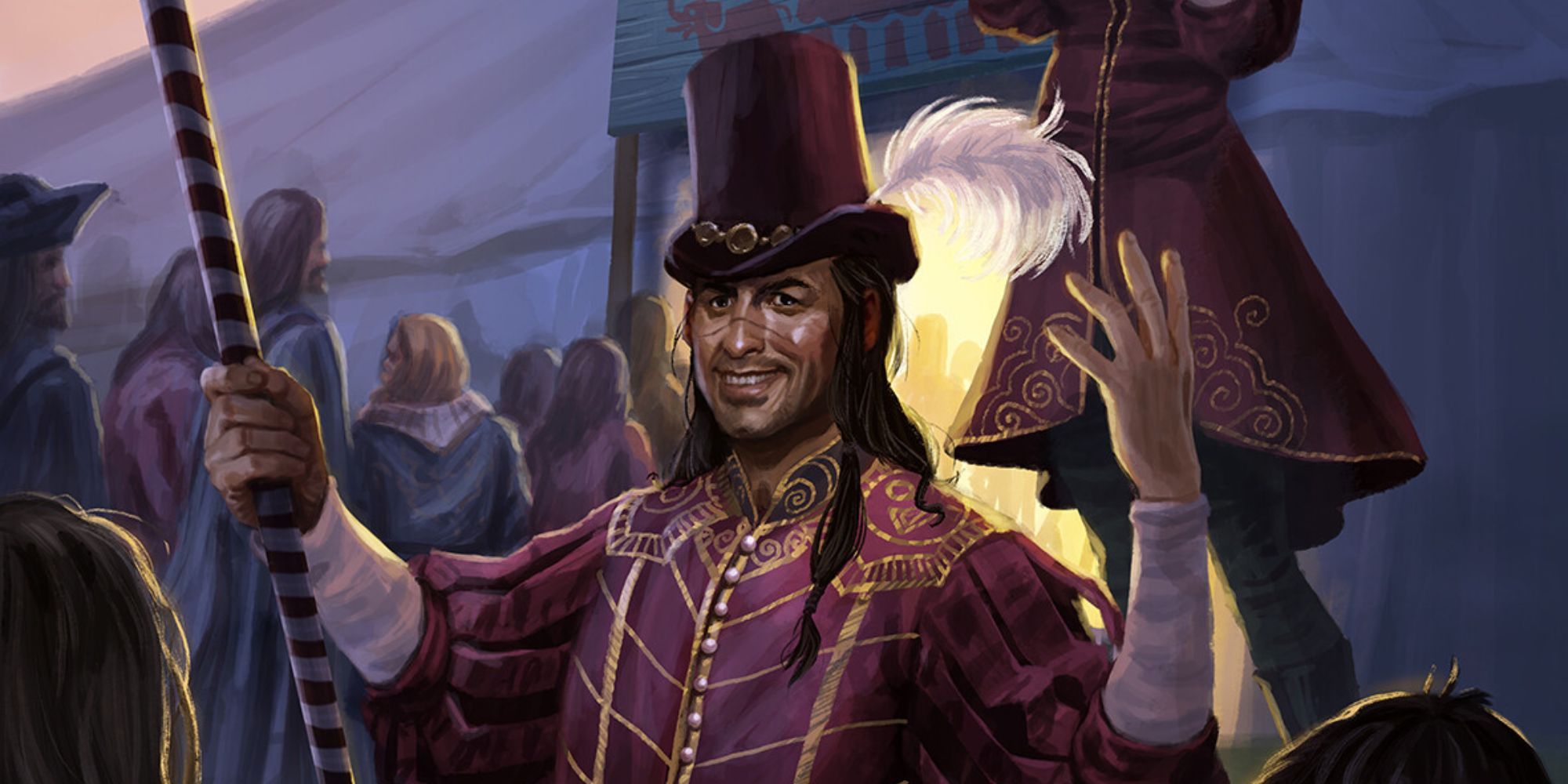
Ah, the Scoundrel Racket! These Rogues prioritize Charisma over Strength, as their focus lies in manipulating, fast-talking, and lying their way out of tricky situations. When it comes to backgrounds, we have a plethora of choices! The Barkeep, Barrister, Charlatan, Gambler, and Merchant backgrounds offer excellent opportunities for a Scoundrel to make use of their silver tongue. Here are some recommended Rogue feats for Scoundrels:
| Level | Feat (Choose One) | Reason |
|---|---|---|
| 1 | Nimble Dodge | Helps keep you out of danger by giving you an AC bonus. |
| 2 | Distracting Feint | Your Feints also give the target a penalty to Perception checks and Reflex Saves. |
| 4 | Battle Assessment | Lets you ask the GM about enemy strengths and weaknesses. |
| 6 | Twist The Knife | Lets you deal persistent bleed damage after hitting a target with a Sneak Attack. |
| 8 | Nimble Roll | Lets you move after an enemy misses you with an attack. |
| 10 | Tactical Debilitations | Improves your Debilitating Strike to prevent the target from flanking or using Reactions. |
| 12 | Critical Debilitation | Improves your Debilitating Strike, giving you a chance to slow or even paralyze opponents. |
| 14 | Defensive Roll | Lets you reduce the damage of an attack that would drop your hit points to zero. |
| 16 | Cognitive Loophole | Lets you shake off temporary mental effects. |
| Perfect Distraction | Lets your Sneak actions also cast Mislead, even if you don’t know that spell. | |
| 18 | Trickster’s Ace | Lets you prepare a 4th-Level or lower spell triggered under specific conditions. |
| 20 | Reactive Distraction | If you have Perfect Distraction, you can force an opponent to attack your decoy instead of you. |
| Hidden Paragon | Lets you become invisible with the Hide action. |
Backgrounds and Feats: Ruffian
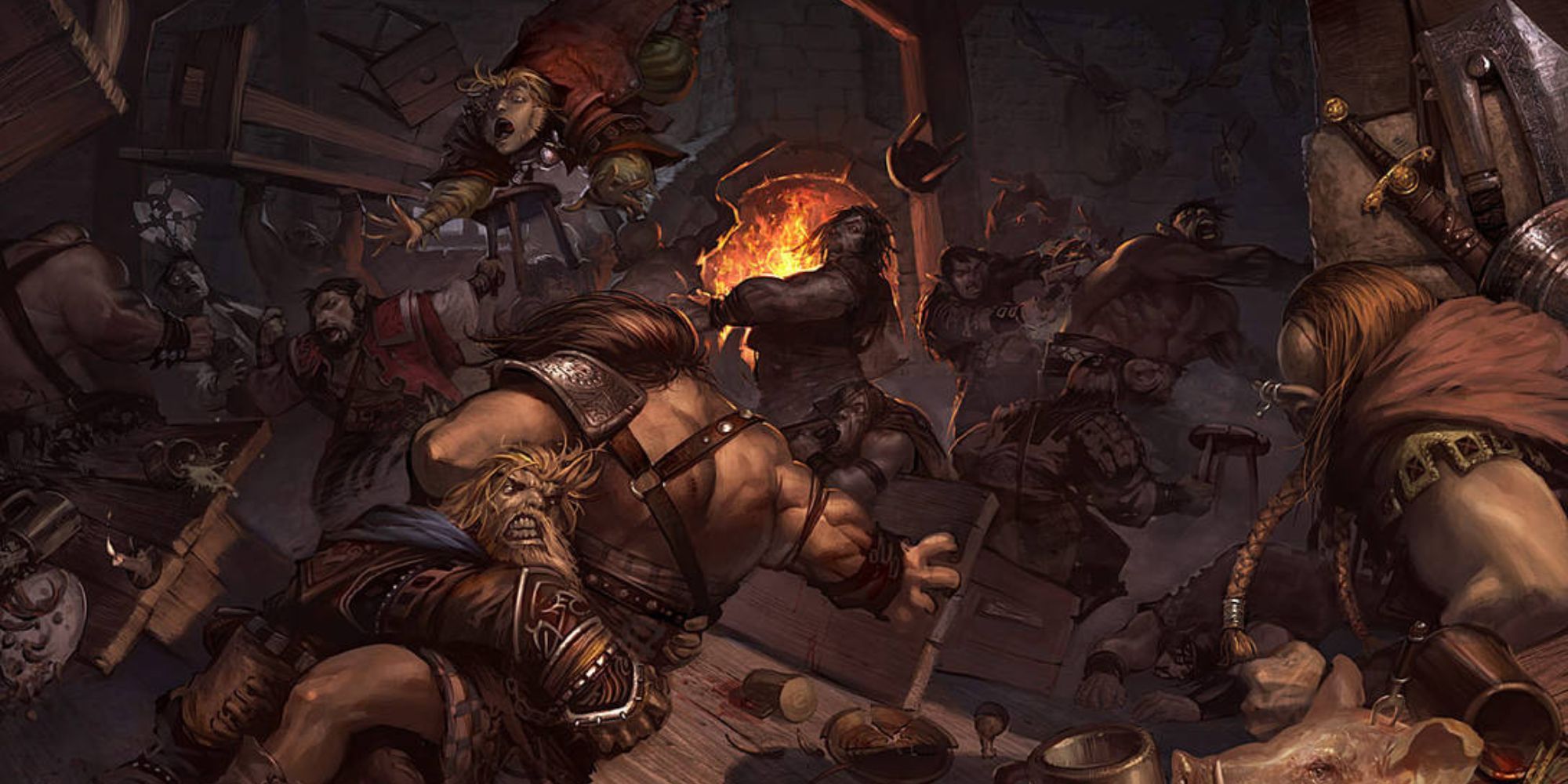
The Ruffian Racket focuses on brute force and intimidation. These Rogues prioritize strength and charisma as they level up. The Gladiator, Guard, and Warrior backgrounds are excellent choices for a Ruffian. In combat, Ruffians should focus on a single enemy and beat them down before moving on to the next one. Here are some recommended Rogue feats for Ruffians:
| Level | Feat (Choose One) | Reason |
|---|---|---|
| 1 | You’re Next | Lets you attempt to Demoralize an opponent after defeating an enemy. |
| 2 | Brutal Beating | Your Strikes inflict the Frightened status if they deal damage. |
| 4 | Dread Striker | Lets you count Frightened enemies as flat-footed, allowing Sneak Attacks. |
| 6 | Skirmish Strike | Lets you Step before or after a Strike. |
| 8 | Sly Striker | Lets you deal extra damage to enemies, even if they aren’t flat-footed. |
| 10 | Vicious Debilitations | Improves your Debilitating Strike to inflict Weakness or Clumsy. |
| 12 | Spring From The Shadows | Lets you get the drop on an unsuspecting enemy, remaining hidden until after you attack them. |
| 14 | Leave An Opening | Your critical hits against flat-footed opponents let a nearby ally make an Attack Of Opportunity. |
| 16 | Dispelling Slice | Lets you remove spells affecting your targets. |
| 18 | Poweful Sneak | Upgrades your Sneak Attack dice to match your weapon’s damage dice. |
| 20 | Impossible Striker | Your attacks deal full Sneak Attack damage, even if the target isn’t flat-footed. |
And there you have it, my fellow gamers! The ultimate guide to Pathfinder 2e Rogues. Now go forth, pick your Racket, choose your feats, and become that sneaky, cunning, and deadly force that strikes fear in the hearts of enemies. Happy gaming!
Next: The Best Adventure Paths For Pathfinder 2e
